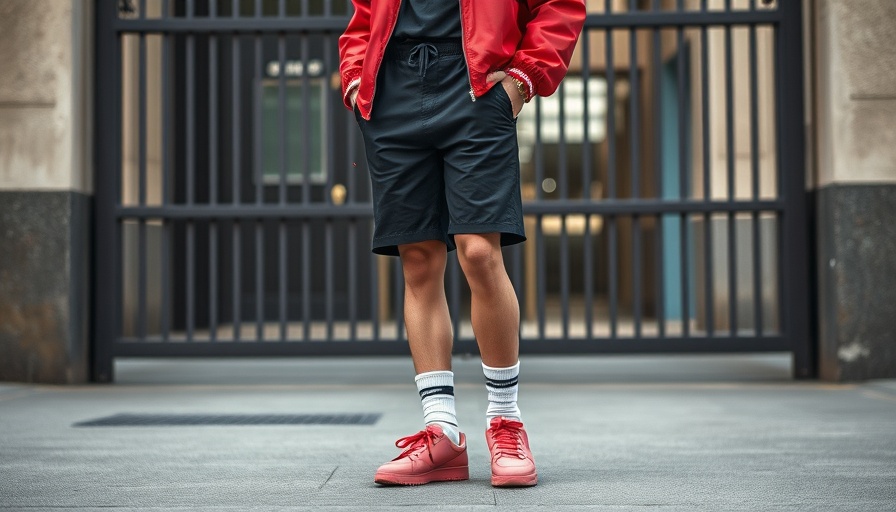
The Birkenstock Revolution: A Brand Beyond Trends
Birkenstock, known for its comfort and distinctive design, faces challenges as it navigates its recently launched public status. Despite the initial tremors that came with its IPO—the worst performance seen in two years—the ceaseless legacy of the 250-year-old German brand has weathered storms before. Oliver Reichert, CEO of Birkenstock, reflected on this journey, emphasizing that while going public was born from necessity, the brand remains steadfast in its commitment to quality over fleeting fashion trends.
Trading Tradition for Transparency: Balancing Public Scrutiny
When Birkenstock debuted on the New York Stock Exchange, the forecasts took a dip owing to the consumer market's unpredictable landscape. Investors watched carefully as the company's stock fluctuated from hopes of soaring shares at $46 to reality settling at $41—marking a significant test for this iconic footwear maker. In their commitment to authenticity, Birkenstock plans to hold fast to its fundamentals: quality, honesty, and innovation as it forges a path through the public market’s fast pace, leaving no room for distraction from its roots.
Unwavering Quality: Heritage Meets Modern Demand
This steadfast commitment to core values sets Birkenstock apart, even amidst pressures to conform. The company's iconic footbed, innovation in sustainable production, and strategic collaborations have all contributed to its growth trajectory, dominating the market for comfort shoes while also capturing the essence of today’s fashion landscape. Birkenstock embraces change but refuses to chase trends, ensuring that as they innovate—whether through new product lines or collaborations with luxury brands—integrity remains at its core.
Beyond Clogs: The Rise of the Birkenstock Boston
The latest buzz has centered around the Birkenstock Boston, a style that has captured attention since the pandemic. Its versatile design has resonated deeply with consumers seeking comfort and utility, addressing the shift toward more relaxed dressing norms. As prevalence in popular culture grows, it seems that the Boston's rise represents a broader, collective embrace of the “ugly” aesthetic that fashion has taken on in recent years.
The Future is Bright: What Lies Ahead for Birkenstock
Looking into the future, the brand's strategy involves not just maintaining but flourishing in untapped markets. With plans to open more retail locations, especially in areas like Beijing and Boston, the brand also focuses on enhancing direct-to-consumer sales channels—a path expected to foster profitability and customer loyalty.
Maintaining its Essence: Challenges of a Public Brand
Even as the fate of Birkenstock’s shares can fluctuate, the essence of the brand remains grounded. Navigating the complexities of the public market while retaining a loyal customer base will surely be a challenge. The brand’s connection to consumers—built through decades of trust—will prove vital in combating pressures for immediate results. As Reichert puts it, staying true to the brand while not getting swept away in marketing noise is paramount for Birkenstock.
Ultimately, Birkenstock encapsulates the message that timelessness in craftsmanship will always outshine fleeting trends. This isn't just a story of a shoe company; it's about resilience, heritage, and embracing both comfort and style for years to come.
 Add Row
Add Row  Add
Add 




Write A Comment